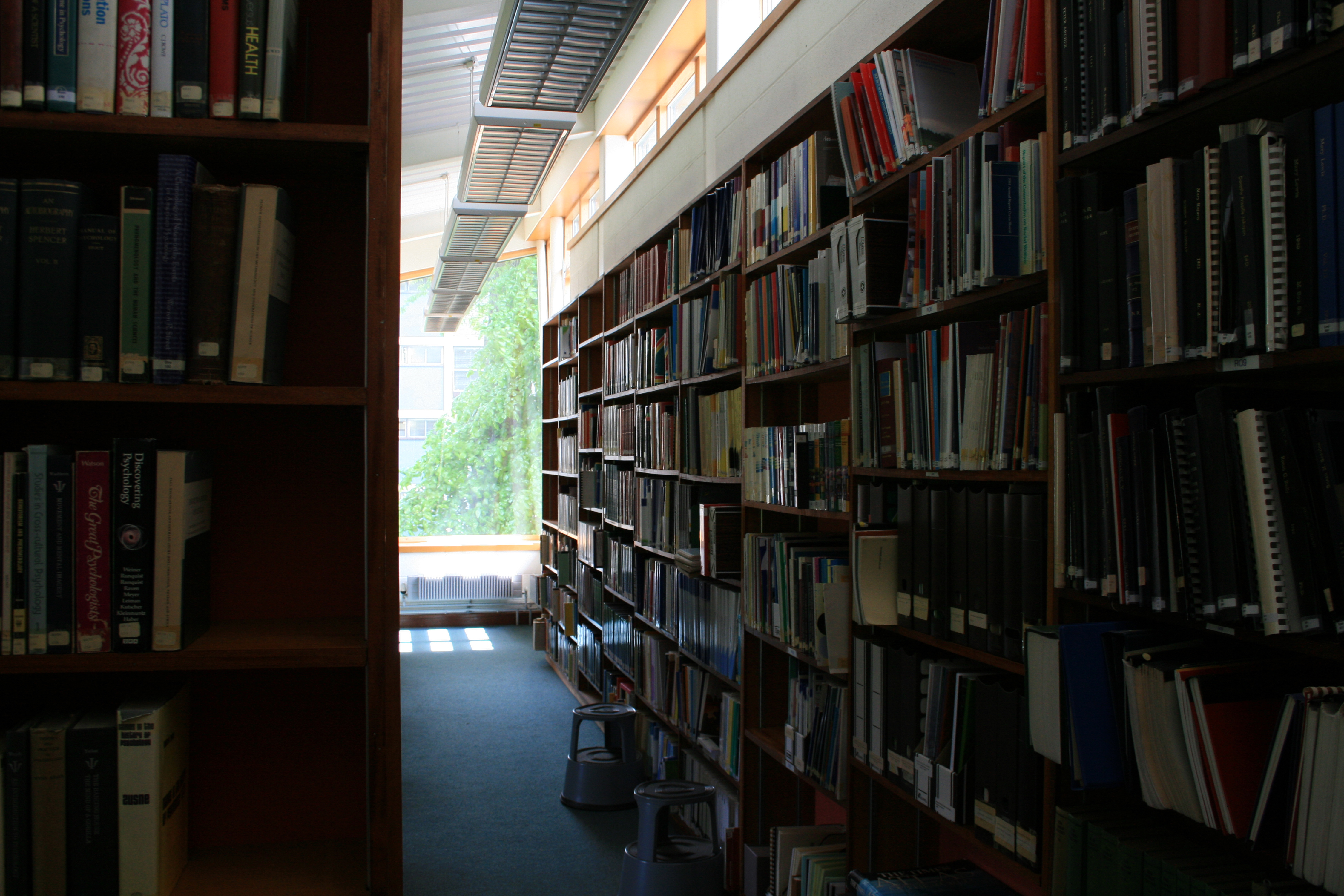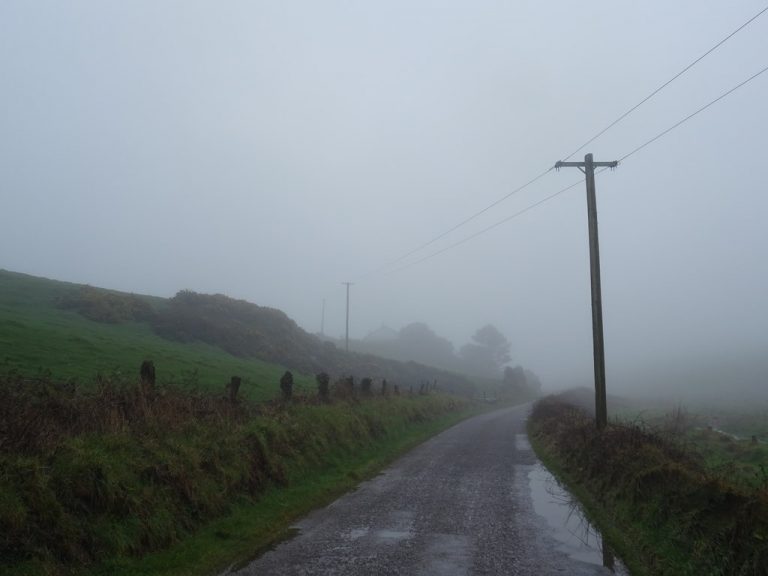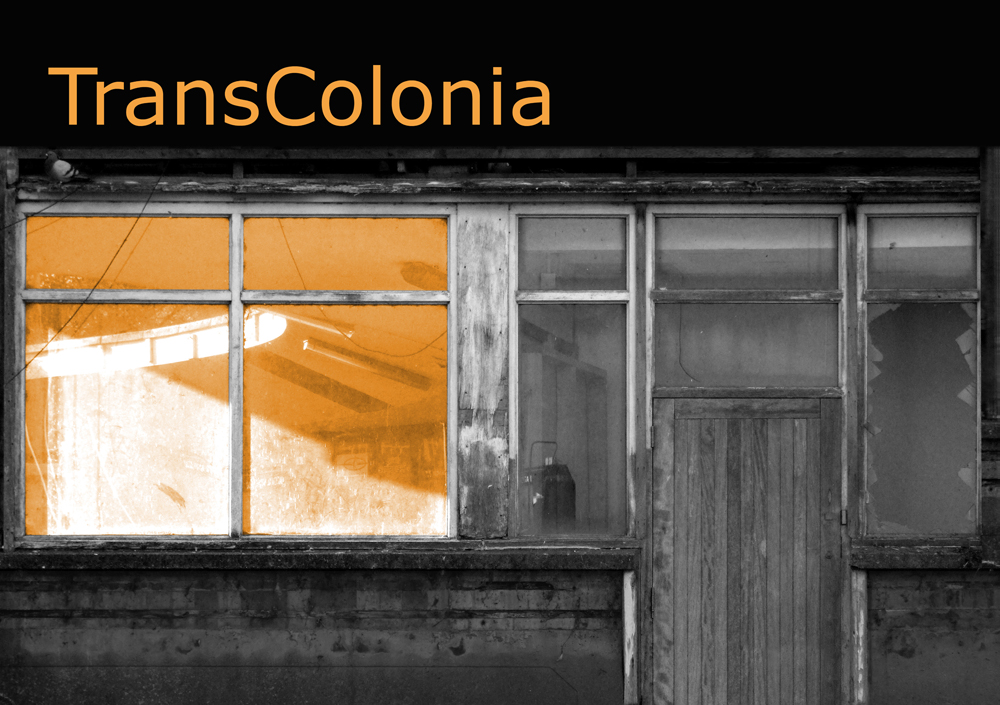This essay was first published in Paper Visual Art Journal, Dublin Edition, 2013, as part of the Art Education in Dublin supplement, edited by Adrian Duncan.
Intensive study in art, embodied in the specialist degree qualification, is long regarded as necessary to the skills and understandings required by the artist. Alternatively, an art degree which appears more functionalist and connected to the market economy is currently floated as a response to government pressure for rationalisation and reduction in duplication of courses in the greater Dublin area. These conflicting approaches towards art education raise an old question: is art autonomous or is it instrumental to economic forces? Should art be one or other; is it both? What is not in doubt is that this moment is critical for art education: a transformation away from the specialist art degree to a more functionalist degree is effectively a seismic shift in how art will be produced and consumed within Ireland, and how Irish art will be perceived internationally.
With the prospect of departmental closures or mergers within third-level institutions, degree courses in visual art in the Republic face their first major crisis since their introduction a generation ago. Today, the once-familiar mantra about the intrinsic value of art in education for the individual and/or society is rarely heard. In this model, art is identified as something that is good in ultimately either a spiritual or egalitarian sense. However, the extent to which visual art within the professionalised sector of higher education is being recalibrated from singular, worthy endeavour to, potentially, serving as an adjunct of design or the social sciences is truly remarkable. It is all the more striking that it is apparently taking place within the space of a few years. That the fall from grace is occurring without so much as a whimper, much less a bang, from staff and students in visual art education says something about the stealthy, shadowy advance of neoliberal ideology. A reduction in the old version of visual art specialisation is part of what could be a transformation across third-level education, yet there has been no specific government announcement; nothing that has tangible presence in the public domain. Similarly, the outward silence from within art education exposes both weariness and a survival instinct, perhaps partly reflecting the absence of a single, straightforward issue to protest against. But also at this moment of crisis some inherent conflicts as to the function and purpose of degrees in visual art are in sharp relief. For decades multiple, latent views of what art is and what it is for have co-existed in a broad arc from art for art’s sake to art’s economic contribution within the so-called cultural industries sector. However, as art degree courses are overtly and covertly pressured into less of the old form of specialisation towards more quantifiable, market-oriented objectives, so the accommodation of all the various views on art’s purpose becomes less feasible.
While the absence of a polemic for art courses — which will maintain and sustain the reflexion, reflexivity and criticality involved in in-depth and open-ended enquiry as features of what should be central to third-level education — remains at issue, this brief article will raise one of the long-standing contradictions in how visual art perceives itself in its social context and how this is being contorted into seemingly fresh objectives in the drive towards ‘reform’. I will refer to the notion that art is an oppositional practice, or a form of critique against the establishment whether socially, politically, or artistically. Here, I will view visual art, the arts and the humanities together as a shorthand way of referring to a particular variety of practice and theory that runs through the arts. I should also make clear from the outset that my experience is most specific to the National College of Art and Design which out-weighs my knowledge of other Dublin or national institutions. However, I am confident that much of what follows has resonances nationally and internationally.
*
At stake is ‘reform’ of third-level education. Reform in this context may be restricted to an implicit or explicit understanding that there has to be a closer relation between the costs of degree provision and the contribution of such towards the economy, specifically, the potential for gainful employment of graduates. Such reform currently entails institutional and departmental mergers or minimally a sharing of resources on an as yet unidentified level, and this is felt most dramatically in arts and humanities courses. With a more concerted attempt than previously to increase proportionately the number or size of courses deemed to be geared towards employment it is inevitably at a cost to the arts and humanities. There is also the introduction of requirements in student work and in research that suggest a conformity that transfers across subjects and institutions. While the simple view is that this reform is as a direct consequence of the ‘great recession,’ which began in 2007, reform of third-level education by government through its agencies — the various boards — was already present at the height of Ireland’s economic boom. Back then, little more than tinkering occurred due to un-coordinated management, bureaucratic inertia, and the protracted negotiation entailed in bringing about change to work practices. The latter is now largely brushed aside, ostensibly because of the imperatives accruing from the depth of recession and Ireland’s debt problem. Reform is now an imperative rather than an objective.
The current incarnation of ‘reform’ may be traced back to the 1970s, though it is most identified with the 1980s and the Monetarist policies epitomised by Margaret Thatcher’s governments in the UK. In education these policies included the attempt to place greater emphasis on skills training for the future workforce as well as the development of Courses that could contribute to what is now referred to as the knowledge economy. One immediate, localised effect was to advance design education over fine art. Perversely, this proved to be in conflict with the ongoing, postwar expansion of higher education. Demand ensured that in this expansion, Courses in the arts and humanities fared just as well as the favoured STEM subjects (science, technology, engineering, and mathematics), and market-oriented, applied subjects. During the 1990s expansion and relatively low student fees created a supply and demand cycle which meant that by the millennium there were more visual art degree courses than ever through the UK and in Ireland.
In recent years governments have made more concerted efforts at directing the nature of courses by encouraging privatisation of research and more incentives for courses in STEM subjects, which is clearly at odds with their free market principles and their heralding of greater choice and mobility for students. The adoption of greater governmental control in the development of third-level education now operates at an international level: one only has to observe the introduction of standardisation, rationalisation, and the greater focus on non-humanities areas of higher education across Europe. A similar shift towards economic rationalisation is taking place in the United States. In the European context it is important to note that emphasis has shifted from the mid-twentieth century principle that education benefits society-at-large to a position, as pre-figured in England, in which the individual who materially benefits through higher education is asked to remunerate the state or taxpayer who funded it in the first place. With the individual as base unit, the price can be measured accordingly. Where mid-twentieth century thinking was, for example, that expansion of higher education was as much social as economic, i.e., education can open up opportunity for social mobility, now a managerial class in third-level institutions operates on a business model within which there is implicit acceptance that the ends justify the means rather than the other way round.
*
A feature of the new neoliberal educational system is the simultaneous exercise of de-regulation and regulation. There is a de-regulation in staffing where the old lines of demarcation between grades and duties are seen as hindrance to progress. Since job demarcations prohibit initiative and enterprise, the latter are now seen as the qualities for promotion which can be utilised as the means to break down demarcations. Worst of all is the attempt to regiment courses under a single theme, method, or ideology in which non-leading staff are supposed to subject themselves to projects set by others. Where the objective may be the imposition of teamwork, the servile nature of the exercise is antagonistic to established visual art practice. What is ignored is that, by-and-large, the pre-existing demarcation lines in which everyone had a defined role were precisely the glue that kept departments and institutions together. Where de-regulated entrepreneurship replaces institutional structures, the result is a free-for-all with some winners, many losers, and aggravated tensions. On the other hand, demands on students are ever more regulated. In course documentation, Aims, as expression of a philosophy, are now replaced by Outputs, measurable goals expressed in mechanistic or reductive terms. As if that weren’t bad enough, art students are expected to adopt academic methodologies. Theses or dissertations now mimic bibliometric methods and so forth; there is a template for production which runs close to theses-by-rote.
Until now, education has been closely associated with the betterment of the individual, community, or society in an ethical sense. A defence of this philosophy of education will stress that many forms of learning involve other or more than economic goals and, while knowledge may be pursued for its own sake, we are improved citizens by it and through it. If this belief seems somewhat abstract, indeed monastic in its acknowledgement of the origins of formal education it is worth remembering that there is still a popular belief that education involves the formation of future citizens, and in turn this will involve consideration of what kind of society we desire. The ethical dimension of education as the development of ‘good character’ runs deeper than is usually acknowledged, and for as long as this is the case there has to be the hope that education is not merely preparation for business ‘enterprise’ in which success is measured as criteria in performance and in results regardless of other factors or considerations.
*
While the history and philosophy of education may be concerned with the good society, avant-garde art is its flip-side. In its rejection of the conformism of established practices, avant-garde art set itself against the imperatives of social, political, or aesthetic norms. Because the better society could not yet be articulated in the meantime the status quo had to be criticised: art is therefore expressed as a negative rather than as a positive. This is the posture of an avant-gardism which remains to the fore in the third-level art education system as it has evolved since the 1970s. While the avant-garde model of art practice could thrive in the old educational setup, it comes into conflict with the demands of the new, neoliberal institution. The problem comes down to an incompatibility between the artist as visionary and the artist as mere worker amongst others within the general scheme of things. Even where the management class has bought into neoliberal ideology, there remains an attachment to the sense of self-importance of the artist.
*
It seems that management in art education is not planning to reduce the number of students taking art, a course of action which would threaten status and ultimately jobs. Rather, institutional alliances and the re-formulation of art courses appear to be the objective, and generally in Western Europe, the social sciences are the targeted destination for arts and humanities subjects. In this, the example of Will Self is indicative. In 2012 Self was appointed a Professor to the School of Arts at Brunel University, London with the brief to crossover to the School of Social Sciences. Self is a celebrity literary author but as former enfant terrible his appointment may be perceived as a figurehead who might attract potential students. In his commentary on his appointment, Self was critical of the burgeoning of ‘creative writing’ courses and the absence of theoretical rigour in recent protests against higher student fees as well as protest by the Occupy Movement.[ii] In these, Self identified a dearth of theoretical awareness which might substantiate the protests. However, Self’s comments are seriously misplaced if his hint that theoretical awareness can emerge through the social sciences, rather than through the arts. A cursory examination of social science textbooks reveals the methodological reductionism, a tick-the-boxes approach to learning which has transferred from social science to the arts and which preempts the more open, more interesting approaches that characterised the old system.
Belgian educator, Rudi Laermans, has laid the blame for the expansion of reductive, means-ends courses squarely at the doorstep of the Bologna Process, the 1999 Agreement by European Ministers on the standardisation of education modules across the ‘Higher Education Area,’ which extends across Europe. Laermans teaches sociology theory within a university faculty, and also teaches at a dance school. At the time of writing his essay,[i] the former institution had adopted Bologna while the latter had not. In his account of the two institutes there is no doubt where Laermans’s sympathies lie: one is geared for programmed learning, the other promotes open-ended enquiry. But his observation on education in the University sounds as familiar as his description of the dance course. In the former, according to Laermans, the student no longer can be seen as an intellectually curious individual but as a ‘self-capitalist’: ‘the student is presumed to act as a “Me, Inc.”, as an individual entrepreneur who make rational, future-oriented decisions on the educational market.’ Laermans then makes a distinction between neoliberal thinking in which education is seen as future investment, and the student as product of this thinking who, contrarily, thinks in terms of immediate, not long-term, benefit:
The neoliberal regime of education is indeed characterized by a profound tension. Whereas this dispositive or setup officially premises the existence of a self-enlightened, at once rational and entrepreneurial subject that values long-term profits higher than immediate gains, it in fact produces en masse consumers who balance their accounts on a narrow day-to-day basis. Assumed long-term calculations turn out to be short-term assessments of costs and gains—and it is up to the teacher-examiner to deal with the notable gap.[i]
Laermans’s summation is that the difference between student goals and policy goals matters little since both serve to block teaching in a situation where a ‘dialogical activity of radical questioning’ can occur. Leaving aside Laermans’s diplomatic reference to the teacher-examiner who is left to deal with a gap, (it is a condition which might invite more cynical responses), his point is well taken. The European adaption of the Modular system through Bologna was introduced for the instrumental purpose of identifying inputs and outputs in the name of transferability and mobility across national borders. When both student and management have a pre-determined notion of what they want to get out of the module or the course the more indeterminate aspects tend to be squeezed out, and with these the production of other forms of awareness within the structure as were accommodated within the old system of art education.
I have raised two figures of the student. One engages in the vestiges of twentieth-century avant-gardism: who may be associated with forms of protest as identified in Will Self’s projection but who isn’t adequately formed in social critique. The other figure is ‘Me, Inc.,’ as someone who calculates how much the education course is worth to them as immediate gain. These caricatures are extreme and others may be posited. If art in higher education is worth saving that worth will emerge through a re-thinking of what the late-twentieth-century form embodied, and it will be in spite of the economic and political forces pitched against it. This is because the pervasive image of the contemporary artist is very much shaped by the global art market which has emerged from the historical avant-garde. This is a figure of the artist who is on some level engaged with ideas and issues, not in an academic way, and not as employee in the workforce. In brief, art education needs to maintain as much autonomy as it can. If that means reducing student numbers or introducing combined studies which include art it is preferable to attempting to make art into something it is not.
Joan Fowler is a writer based in Ireland.
[1] See http://www.brunel.ac.uk/news-and-events/news/news-items/ne_161686.
[2] See http://www.guardian.co.uk/commentisfree/2012/feb/23/professor-self-university-knowledge-value
[3] Rudi Laermans, ‘Disciplining Thought vs. Nimble Thinking,’ in Teaching Art in the Neoliberal Realm: Realism versus Cynicism, ed. P. Gielen and P. De Bruyne (Amsterdam: Valiz, 2012), 145–62.
[4] Ibid., 153–54.




